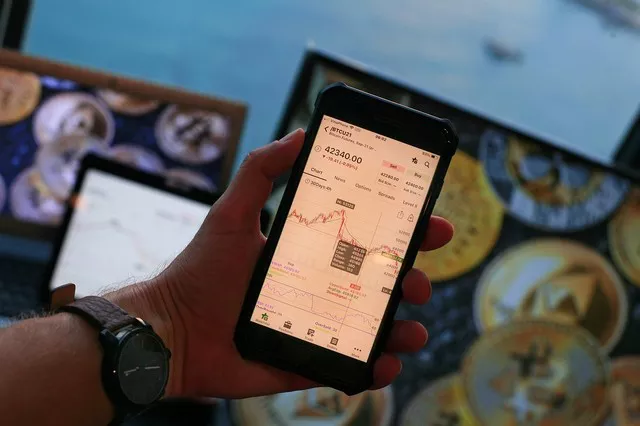Grain futures are financial contracts that allow traders to buy or sell specific quantities of grain at a predetermined price and date in the future. The most commonly traded grain futures are corn, soybeans, and wheat. These commodities play an important role in global food production, and fluctuations in their prices can have significant impacts on consumers, farmers, and the economy as a whole.
In this comprehensive guide, we will cover everything you need to know about grain futures. We will start with the basics of how grain futures work, then move on to discussing the various factors that influence grain prices, and finally explore some strategies for trading grain futures.
Understanding Grain Futures
What Are Grain Futures?
Grain futures are contracts that obligate the buyer to purchase a specified quantity of grain at a predetermined price and time in the future. Similarly, the seller is obligated to deliver the agreed-upon amount of grain at the predetermined price and time.
How Do Grain Futures Work?
Grain futures are traded on exchanges such as the Chicago Mercantile Exchange (CME) and the Kansas City Board of Trade (KCBT). Traders can buy or sell futures contracts for a specific commodity, such as corn or wheat.
When a trader buys a futures contract, they are essentially agreeing to purchase a certain quantity of the commodity at a future date and at a predetermined price. If the price of the commodity increases by the time the contract expires, the trader can sell their contract at a profit. Conversely, if the price decreases, the trader will take a loss.
When a trader sells a futures contract, they are agreeing to deliver a certain quantity of the commodity at a future date and at a predetermined price. If the price of the commodity decreases by the time the contract expires, the seller can buy back the contract at a lower price and make a profit. On the other hand, if the price increases, the seller will take a loss.
Why Trade Grain Futures?
Grain futures provide an important tool for hedging against price volatility in the grain market. Farmers and grain producers can use futures contracts to lock in a price for their crops before they are harvested. This protects them from fluctuations in market prices and helps them plan for the future.
Traders can also use grain futures to speculate on the direction of the market. By analyzing supply and demand factors, weather patterns, and other economic indicators, traders can make informed bets on whether prices will rise or fall.
Factors Affecting Grain Prices
Supply and Demand:
The most fundamental factor affecting grain prices is the balance between supply and demand. When there is a surplus of grain, prices tend to decrease as producers compete to sell their crops. Conversely, when there is a shortage of grain, prices tend to increase as buyers compete for limited supplies.
Weather Patterns:
Weather patterns, such as droughts or floods, can have a significant impact on grain prices. Severe weather can damage crops, reduce yields, and disrupt transportation and storage infrastructure. These disruptions can cause short-term spikes in prices as supplies become scarce.
Government Policies:
Government policies, such as trade tariffs, subsidies, and biofuel mandates, can also affect grain prices. For example, a government subsidy for ethanol production can increase demand for corn, driving up prices. Similarly, a tariff on imports of wheat can reduce supply and boost prices.
Trading Strategies for Grain Futures
Technical Analysis:
Technical analysis involves using charts and other statistical tools to identify patterns in market data and forecast future price movements. Traders may look for trends, support and resistance levels, and other price indicators to inform their trading decisions.
Fundamental Analysis:
Fundamental analysis involves analyzing economic, political, and other factors that affect supply and demand in the grain market. Traders may study weather patterns, government policies, crop reports, and other data to make informed predictions about future price movements.
Spread Trading:
Spread trading involves simultaneously buying and selling multiple futures contracts for different commodities or delivery dates. For example, a trader may buy a corn contract for December delivery and sell a wheat contract for January delivery. This strategy can help reduce risk by hedging against fluctuations in a single commodity or delivery date.
Conclusion
Grain futures are an important tool for managing risk and speculating on the direction of the grain market. By understanding the basics of how grain futures work, as well as the various factors that influence grain prices, traders can develop effective strategies for trading these commodities. Whether you are a farmer looking to hedge against crop price volatility or a financial investor seeking to profit from market trends, grain futures can provide valuable opportunities for growth and stability.


